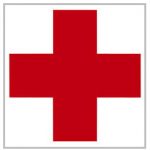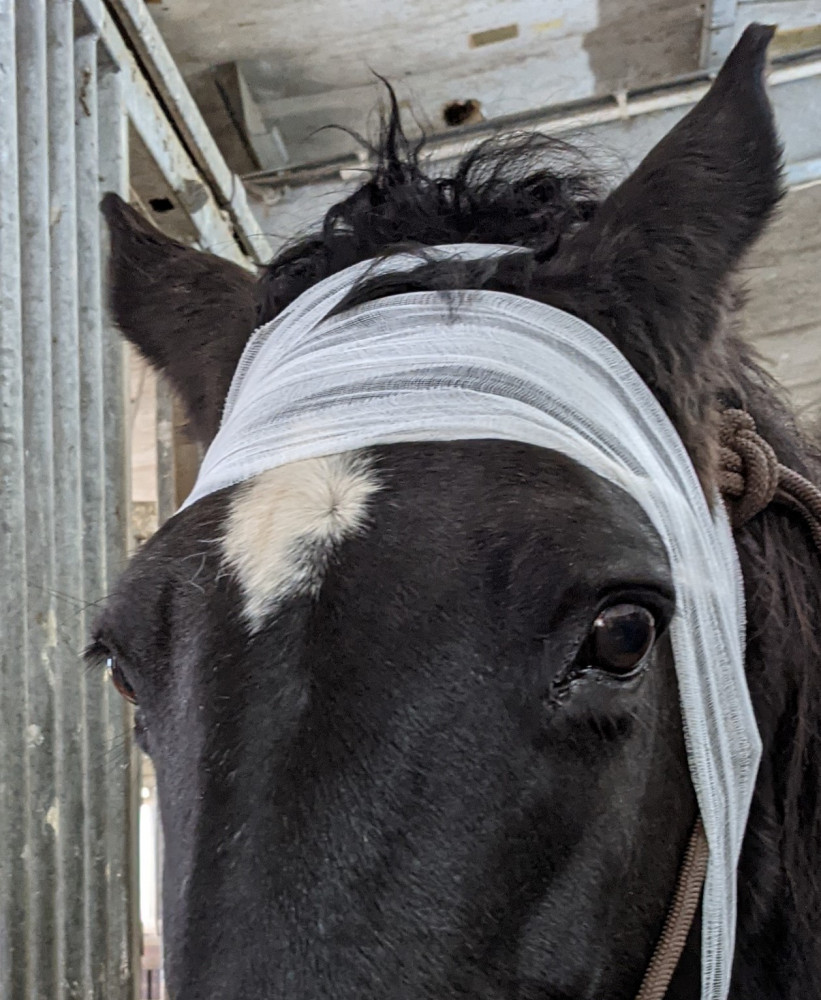Limping horses – origins and possible treatment Part 2
 The first part of our article about limping horses dealt with the following topics: ulcer of the hoof, phlegmon and lameness of the shoulder.
The first part of our article about limping horses dealt with the following topics: ulcer of the hoof, phlegmon and lameness of the shoulder.
Our second part informs about other possible origins of limping horses such as an injury of the sinew or an inflammation of the hoof and of the navicular.
Part 2: Injury of the sinew, inflammation of the hoof and of the navicular
In the first part of this article we have already clarified that this is no substitute for an examination by a vet but a little help for horse owners who want to assess the disease of their horse. In any case a veterinary diagnosis is indispensable!
Horses with an inflammation of the hoof role
If a horse has an inflammation of the hoof it begins to limp. At the beginning one can hardly notice it but after a while the situation becomes worse and worse. If horse owners ignore this symptom the treatment and therapy becomes even longer and quite expensive. Additionally one can notice an injury of the hoof role if the horse often stumbles or walks in a stiff and irregularly way. Obviously it is painful for the horse to walk on hard ground.
The hoof role stands for a mechanism in the hoof. It is the connecting point for bones, bursa and sinews. A chronic situation of an inflammation means a mutation of the navicular. This causes a decalcification and a damage of the bone tissue. The horse tries to walk on his toes because this is less painful. Through this wrong way of walking the flexor tendon becomes overloaded. This causes an irritation of the bursa and an inflammation of the hoof.
Inflammation of the navicular
The horse can get an inflammation of the navicular if the sinew rubs against it. Due to this the sinew- and cartilage tissue become porous and this can cause ossifications. For a detailed diagnosis the vet needs to make more than a radiograph. He must check the way how the horse limps: if an anesthetic of the hoof nerve causes a normal way of walking it becomes clear that the reason for the limping in an inflammation of the navicular.
Generally it is possible that a horse has an inflammation of the navicular on two or even more hooves. If horse owners want to prevent this disease they can follow certain rules: feed vitamins and minerals in a balanced way, give enough possibilities of movement to the horse, warm up the horse before every training unit and avoid hard grounds.
Injury of the sinew
An injury of the sinew is a typical disease for horses which become trained in an extreme way. Especially horses which participate at competitive sports often offer this type of injury. The cure is dependent on the patience of the horse owner. If the horse gets trained before the sinew is completely cured the problems just start from the beginning on. In the worst case then it becomes impossible to ride the horse at all.
In most cases there is no real hint for an injury of the sinew so that the horse does not even lame. An injury means an inflammation, strain, crack or a damage of the sinew in the area of the bone. Due to this a warm and swollen sinew or pressure sensitivity is a symptom for an inflammation. Additionally one can see a bump. There are no outward symptoms for a strain of the sinew but in this case the horse clearly lames.
Crack of the sinew and tenosynovitis
A crack of the sinew causes that the fetlock presses towards the ground and the horse extremely limps. In cases of a tenosynovitis the fetlock additionally is full of joint fluid which causes bile. In an acute situation this bile becomes warm. Generally an injury of the sinew is caused by an overload. The muscles become tired and are not strong enough to cushion all movements. Then the horse uses its sinews for all movements so that they easily become overloaded.
Moreover an injury of the sinew can be caused by a simple overstretch or a sudden movement. This can happen while just running with other horses over the pasture or by slipping on the grass. The most important thing for a successful treatment is patience. Due to the respective injury, the horse needs to stay in its box for some days. After this time the horse can slowly begin to walk again. This is important for the cure: the body produces new cells of the sinews and they need to grow properly and in the right direction. According to this a little weight on the hooves supports and controls the natural cure.
It is easy to prevent an injury of the sinew. One only needs to train the horse through sustained training units. Additionally the horse must get warmed up before any type of work so that his sinews become stretched. Moreover riders must always consider the ground on which they ride so that it is important to watch out that a horse does not only walk on hard ground.
End of Part 2
>>> back to Part 1
Surf tips:
- Horses with Copper Deficiency
- Horses with a Lack of Selenium
- Horses with Laminitis – Origin and therapy
- Horses with Liver Disease
- Narcolepsy – If Horses just fall asleep
—All statements without guarantee—

2 Comments
Comments are closed.